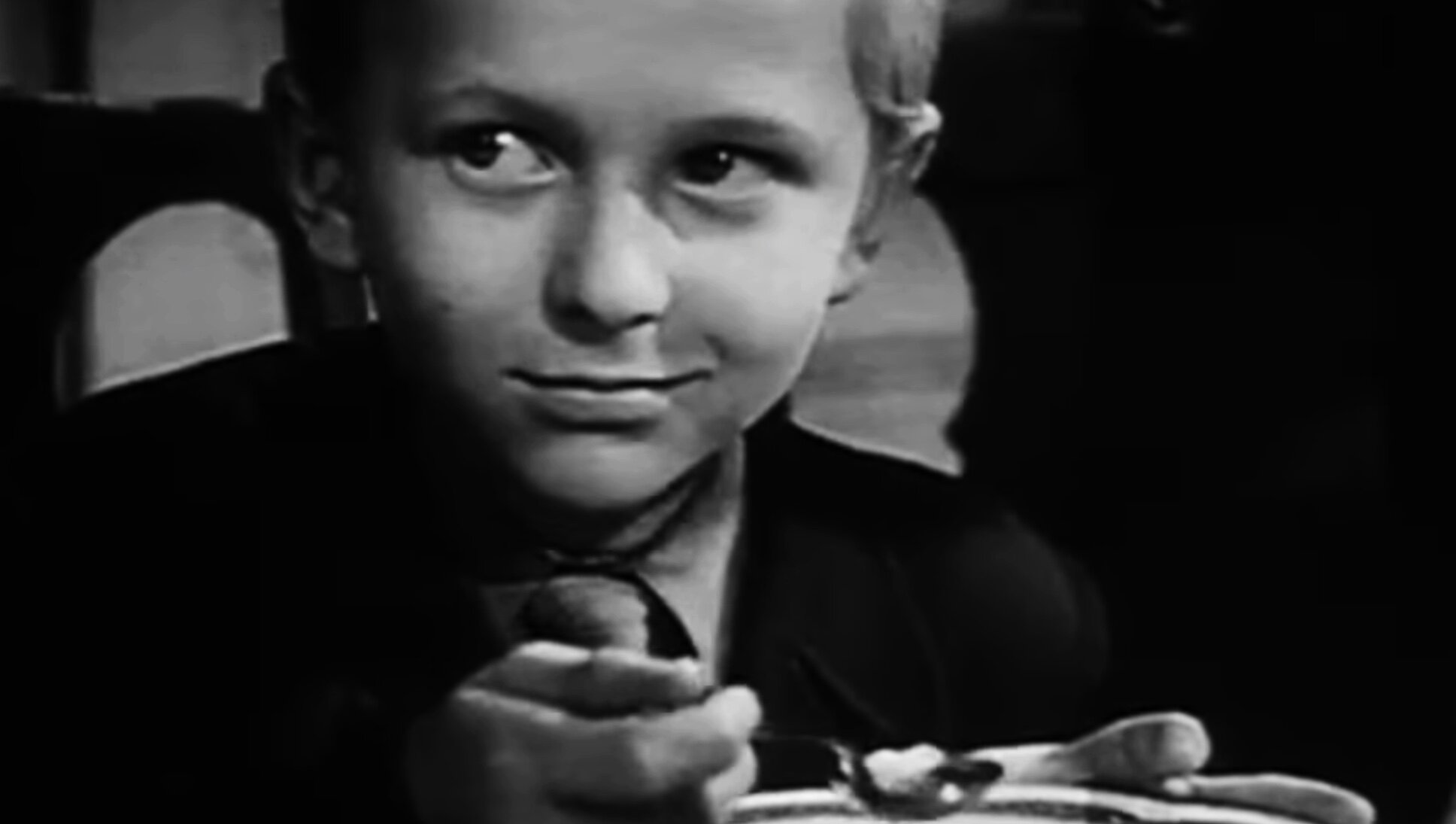Original image by There Stands the Glass.
I joined a throng of approximately 5,000 unmasked revelers in the KC Live block of the Power & Light District on Thursday, June 3. The delirious sense of joy permeating the free Hot Country Nights concert by country up-and-comers Adam Doleac and Roman Alexander was so infectious that I considered removing my homemade John Deere face-covering.
Only the usual bugaboos making KC Live a problematic space for live music prevented me from surrendering to the communal elation. Canyon-esque echoing, sound-bleed issuing from the surrounding establishments and alcohol-fueled chattering among revelers made hearing Doleac and Alexander challenging. Although I was positioned just 30 feet from the edge of the stage, the performances were often drowned out by the surrounding dissonance.
The Instagram clip I posted of Alexander performing his biggest hit reflects the atmosphere. The young women near me can be heard coordinating a Snapshot video during the hometown show by the man who was raised near Parkville, Missouri. Their endeavor was consistent with a flirtatious ambience resembling a massive speed dating event for country singles. Music was a secondary consideration.
Stages give pop-oriented country acts like Doleac and Alexander an opportunity to embrace or defy the slick sound of their radio hits. The compromised environment of Thursday’s show made it impossible to ascertain the intentions of either man, although fiddles and pedal steel guitars were nowhere to be seen.
Doleac covered Journey’s “Don’t Stop Believin’” and Fountains of Wayne’s “Stacy’s Mom.” Alexander’s attempt to play what might have been a Kings of Leon song failed to cut through the tumultuous racket. In spite of the challenges inherent in attending concerts at KC Live, I know I’ll be back. Hot Country Nights is far from perfect for music-oriented country fans, but the buoyant atmosphere and the price of admission is irresistible.









